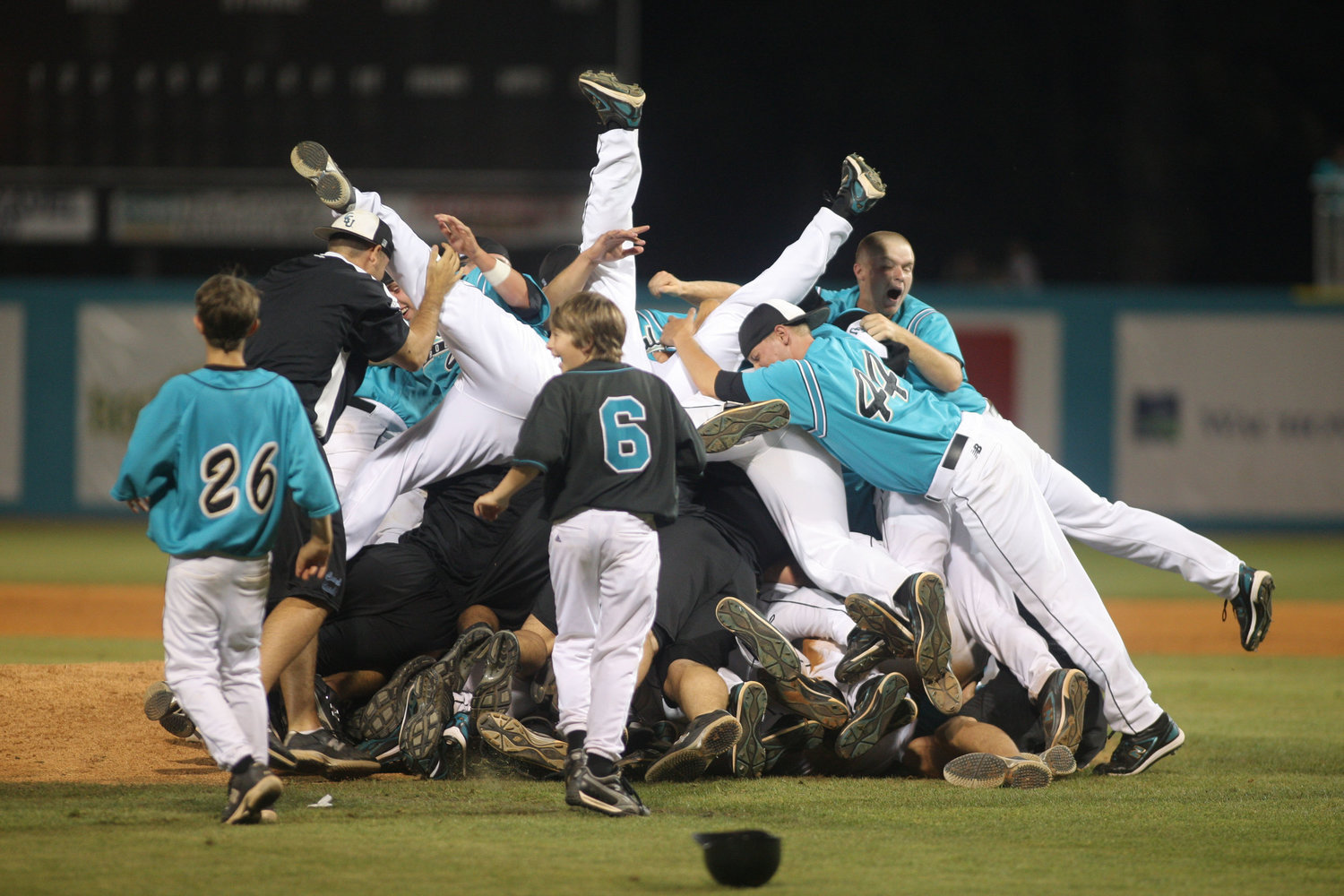Was the Runner Out or Safe? …but what about the other runners?
/Your shortstop makes a slick play, straightens up, makes a strong, accurate throw to first; it’s a close play. The first baseman immediately turns and looks at the umpire wondering ‘was the runner out or safe’. But that is not all, the runner is the first baseman’s classmate at school and they strike up a conversation…
Seen this before? I can assure you this happens in every youth baseball and softball league all across the United States, Canada and across the globe. But why does it happen? How many bases and runs does a youth baseball or softball team surrender each year because of this common mistake made by young ball players.
We need to get into the brain of a young player to find out. This is often difficult since our brains are grown up, have experienced the world and the game much more than our players. We also struggle to address this and many other common mistakes kids make because we make the mistake of approaching our practice plans and teaching priorities from and adult perspective and not that of a kid’s.
Kids see the world much differently than adults. First, for them the world still pretty much centers on their personal experiences. Next, the focus on the current moment, the ‘now’, is very strong in a child. While they are aware that the game extends beyond their position on the field and the play that just happened, they usually are not thinking beyond their small space and the moment.
This brings to the common scenario mentioned above. Finding out if that base runner was safe or not on the ball the first baseman caught is really important to that child. And they are very interested in the answer. Also, our first baseman knows the base runner from school and knows them in that environment. It is new, and interesting, to suddenly meet this classmate where they are both wearing ball uniforms and participating in a structured environment different than the one they are accustomed to at school.
It’s as simple as that. And it’s as detailed as that - from the child’s perspective.
Of course when everyone starts yelling, “The runner is going home! Throw the ball home!” our little baseball or softball player is reminded there are more things to be concerned about than the umpire’s call and their classmate that is on the other team.
Pause at 0:39-0:40. …look at the first baseman’s eyes. immediately to ‘the other runners’.
They snap out of their moment, turn to home plate but it is too late…or there is just enough time to make a reckless throw that the catcher misses and any other runners on the base paths advance yet another base.
So what can we do?
Simple, we add the concept of, and teaching phrase, “Look for Other Runners” into our drills. And we stay firm in our teaching that as soon as a play is made on a runner or at a base, that part of the play is over and the player needs to look towards the middle of the infield (toward the other three bases) and move into a throwing position, so to be prepared to make an immediate throw if any of the ‘other runners’ are attempting to advance.
In the video to the right, the moment the first baseman catches the ball, he understands that, out or safe, the play at first is Over. His attention is directed to ‘the other runners’.
Drills that will train our youth ballplayers in the habit of ‘Looking for Other Runners’ are found below:
Receiving Throws - Tag Play (at Third Base) - ‘Skill Building Warm-up’ page
Catch, Tag & Throw, Mini Diamond - ‘Skill Building Warm-up’ page
After your players have been exposed to this concept in a few drills we can apply the habit of ‘Looking for Other Runners’ to each instance of a play being made on a player or at a base in every drill and during scrimmages. Ultimately these habits will carry over to our games.
Based on my observations of the youth game I suggest that making ‘Look for Other Runners’ a habit in our players, the result will be shaving two runs a game off our opponents score.


